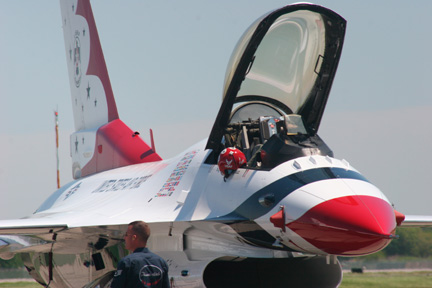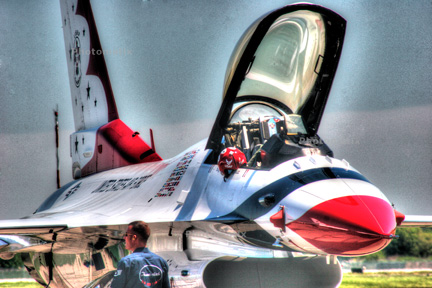Have you heard about HDR photography? It’s a concept that’s been intriguing photographers and digital graphics artists in recent years. HDR stands for High Dynamic Range.
According to Wikipedia, HDR imaging was originally developed back in the 30s and 40s by Charles Wyckoff. The techniques have been refined over the years by other individuals. In a nutshell, the basic idea is to take a set of photographs with a range of exposures and combine them into one. After that is accomplished, the image can be “tone mapped”, which allows a digital artist to create an image that would ordinarily be impossible to achieve with a single photograph alone.
While I had heard about HDR in recent years, I never actually took the time to read up about it and to see how it might be applicable to what we do. So of course, the quickest way to get information seems to always revolve around a google search. There are plenty of sites that provide information on the latest techniques and strategies – both for the photography side, as well as on the digital imaging side. What I found is that HDR can be used to create some very surreal images – some of them almost look like they are oil paintings.
So I had a few minutes recently to locate some photoshop tutorials and found some useful ones. The general consensus is that there is no single way to generate an HDR image. Like anything else, it’s “art” so you can tweak a photo any way you want. You can choose to just enhance the details, or you can go all out and make an image that you can hang on the wall.
There are some really talented photographers out there doing amazing things in this area. I happen to really like looking at both the “before” and “after” images to see how radical the change can be. Some of these images are just breathtaking. One of my personal interests is in aviation. There are photographers who specialize in aviation subjects and they too have explored using HDR. Check out this forum thread on nycaviation.com :
http://nycaviation.com/forum/hdr-anyone-else-play-t4334.html
I’ve taken my own aviation photos but none of them come close to the quality that these guys achieve. Well, I guess even the experts started somewhere before they became, well… “experts”! So I started to play with some of my shots just to see what I could achieve. My initial results were, quite frankly, disappointing. I wasn’t getting anything like I had seen in the tutorials. Some of that might be due to taking a few shortcuts on the photography end, ie: not using multiple exposures. But I compensated for it by altering my layers in photoshop and creatively combining them together. Eventually, I got some images that were just “ok”, but nothing to get excited about.
Then I downloaded a trial of Photomatix, by HDRsoft. Their software is made for creating and working with HDR images. Again, my intial results were mediocre at best. I sent an email to their tech support and got a very helpful response. They suggested reducing the “noise” in the image before running their software on it. Surprisingly, that made a huge difference! That inspired me to try some new experiments.
I went outside and took some multiple exposure shots of some cars in the parking lot. Happened to be a nice subject that day as there was an Aston Martin parked next to a Porsche. How convenient! But when I got home and started the HDR process, I discovered that there is a good reason for bringing a tripod along. My images had combined in a way that was misaligned. Not what I wanted to see. I don’t really know how it was THAT far off, but it was just bad and virtually unusable.
Not giving up though. I went back to some of my other shots and ran it through Photomatix. This kept me up until midnight and I finally got results I liked. I was playing with all their settings and “tone mapping”. Yeah, I was finally getting the hang of it. Don’t get me wrong, I still don’t really know what I’m doing, but I’m enjoying learning something new.

Thunderbird "Before" image

Thunderbird "after" image
Here are “before” and “after” shots. Technically, this is NOT an HDR image as it was originally taken as a single exposure, hi-res jpeg. But I played with it using the “Tone Mapping” function in Photomatix. It still gave me a very interesting result. Very vibrant and bright colors – and it looks a lot like a painting.